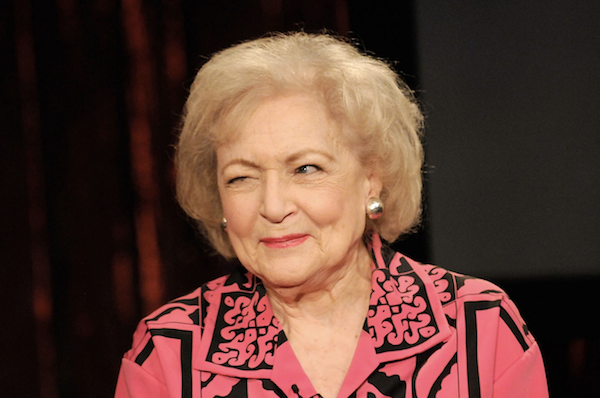
(quote)
Ralphie V, who just turned 13 last month, is in excellent health. The reason she’s being replaced? She’s a little too fast for her human companions.
“As one of the biggest and fastest Ralphies, her love for running and power was showcased every home game during her career,” said John Graves, the Ralphie Program manager. “It’s almost like she knew she was the queen of campus and she loved to show that fact off when she ran onto the field and at her public appearances.”
The Buffaloes have used a live mascot for 53 years, with Ralphie V serving the second-longest tenure in school history at 76 games. She’ll make her final appearance — as a spectator — at the Nov. 23 home finale against Washington.
With a career record of 39-37, she and a companion buffalo will retire to a ranch maintained by the school’s mascot program, as other former mascots have done. “Ralphie V has served the department and the university well,” athletic director Rick George said. “She has been a very special buffalo and has truly been adored by many.” In recognition and celebration of Ralphie V, those who would like to donate to the Ralphie Program can donate through this link: https://cubuffclub.com/.
One of college football’s biggest — and to some, greatest — mascots is hanging up her harness. She just loves the job too much to keep going.
Ralphie V began her mascot tenure as a yearling in 2007. She weighed 450 pounds, less than half of her current weight. Immediately, one thing was clear: She loved to run.
“Her personality is very fun and energetic,” said John Graves, the university’s Ralphie program manager and her trainer. “She really, really loves to run on game day.” A running buffalo, he said, is a buffalo at play. She almost knows, Graves said, that she’s the main attraction, not the football team. “She knows that she’s a queen, and she knows that everyone in the stadium is looking down on her and filming her,” he said.
Running with her are 16 “Ralphie Handlers,” students who volunteer to care for the mascot. Five of them sprint around the field with her, holding guide ropes to help her steer and slow down. The rest spread out across the field and keep her path clear of debris — and humans. It’s a physical job; handlers train and practice five days a week, and they earn a varsity letter from the athletic department.
(unquote)
Photo courtesy University of Colorado






